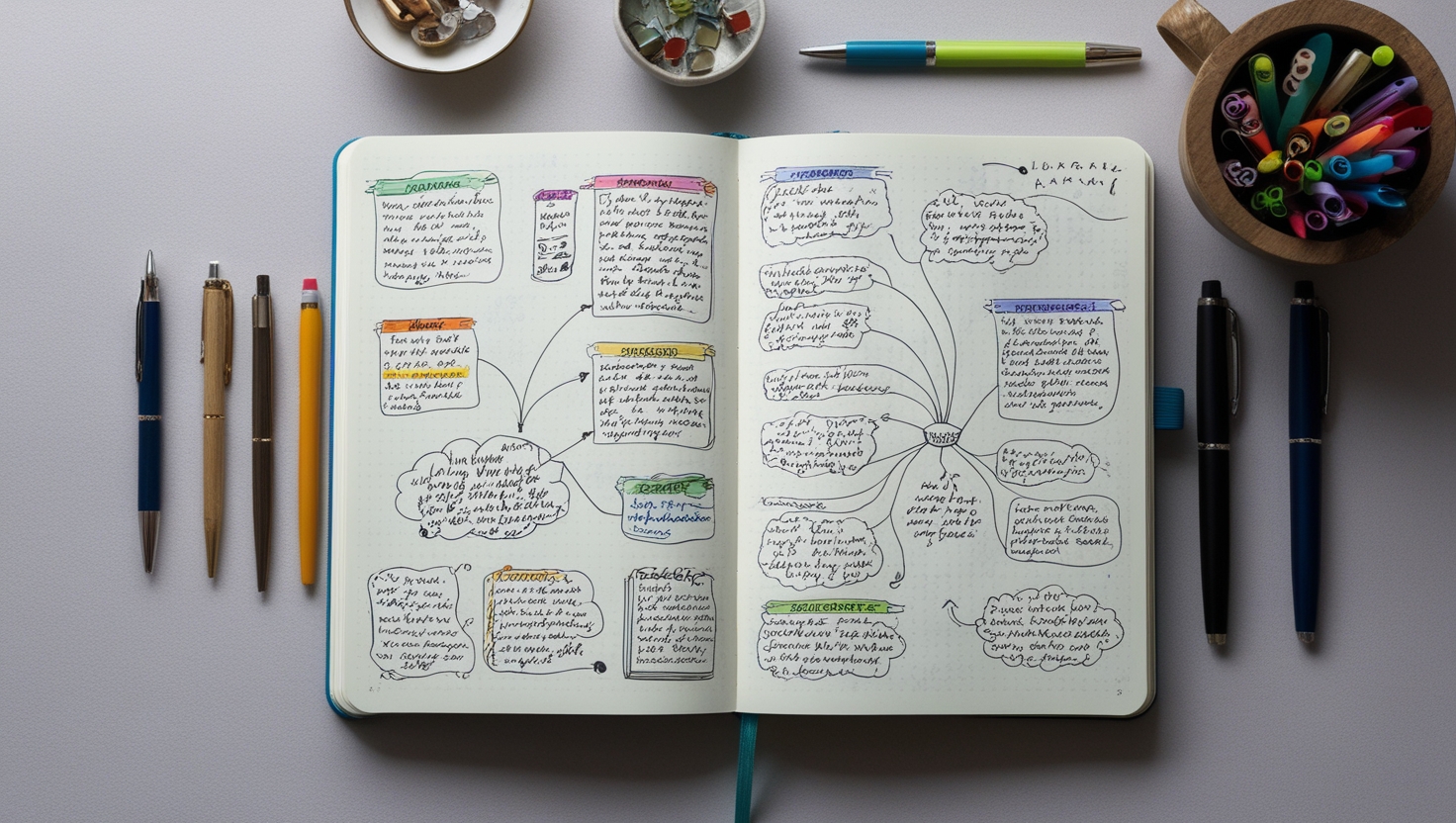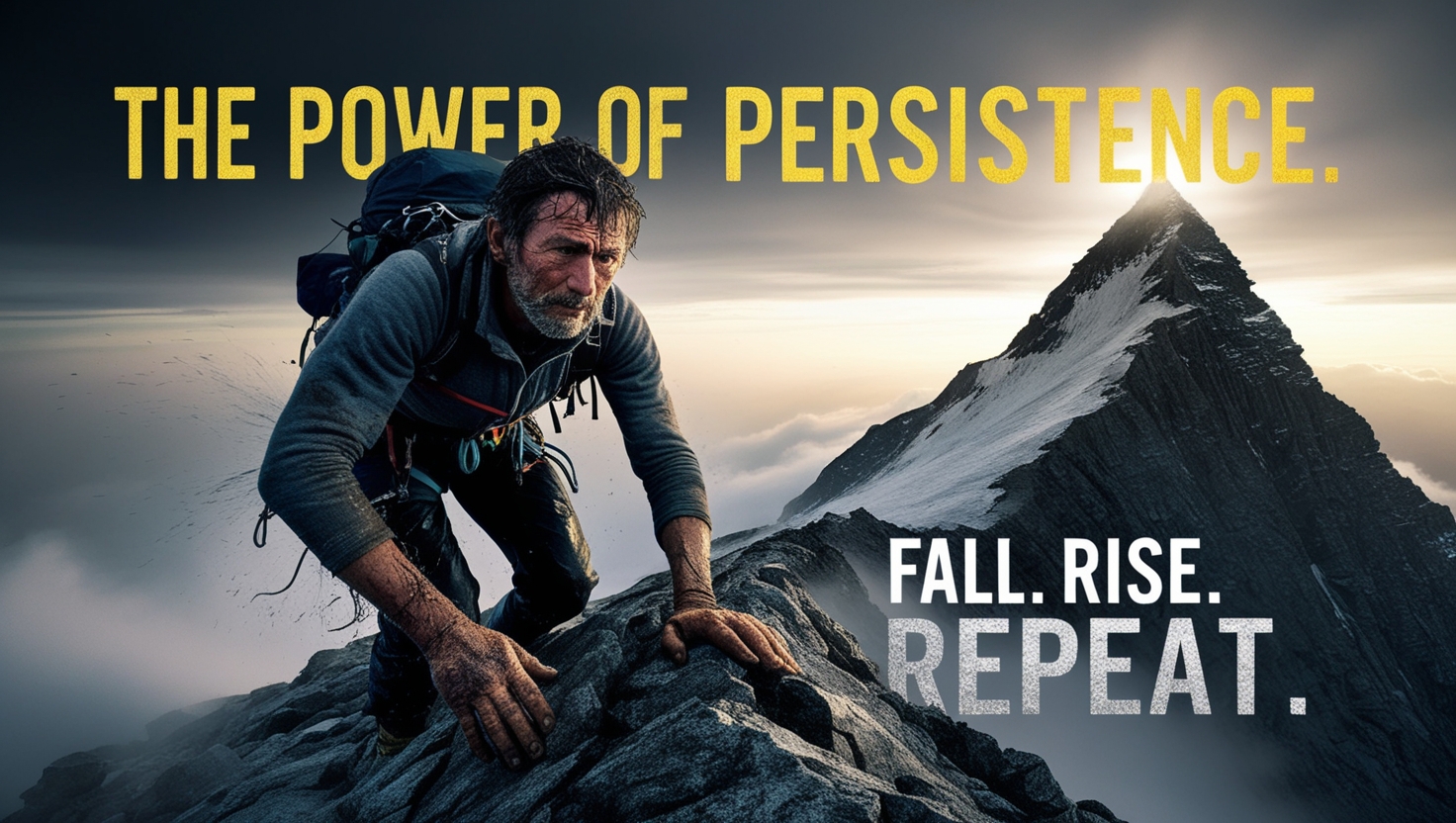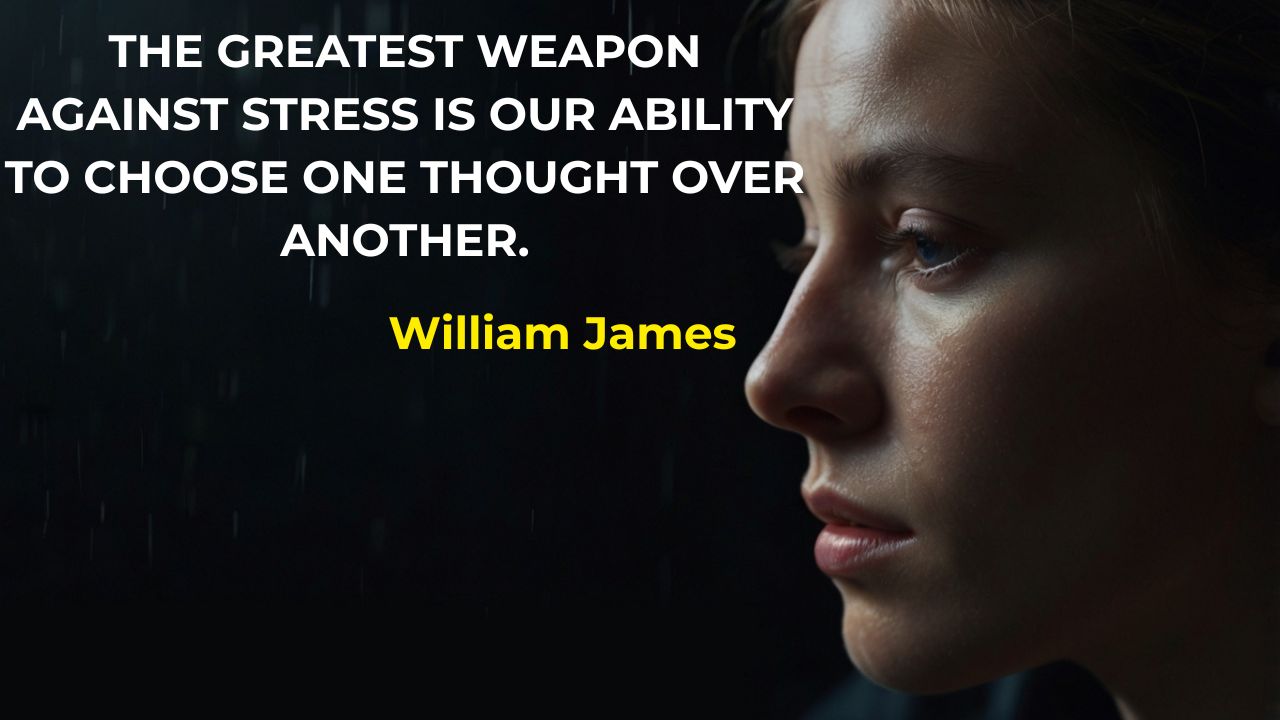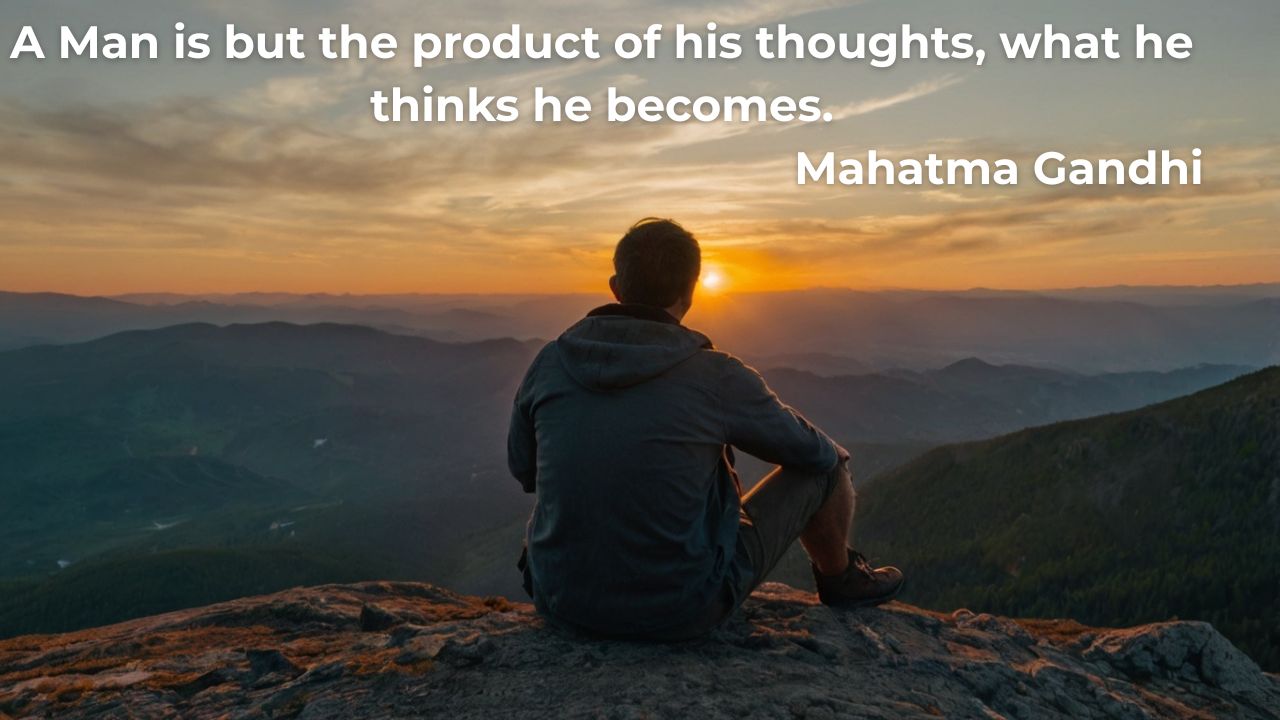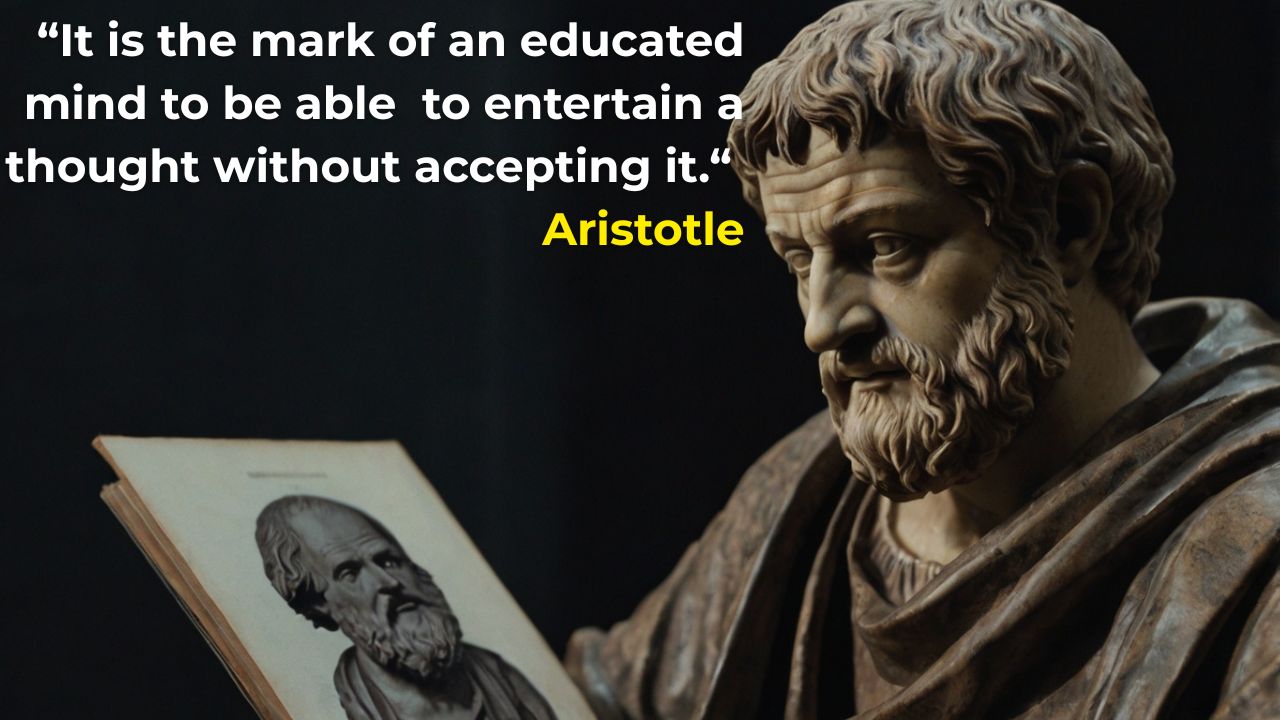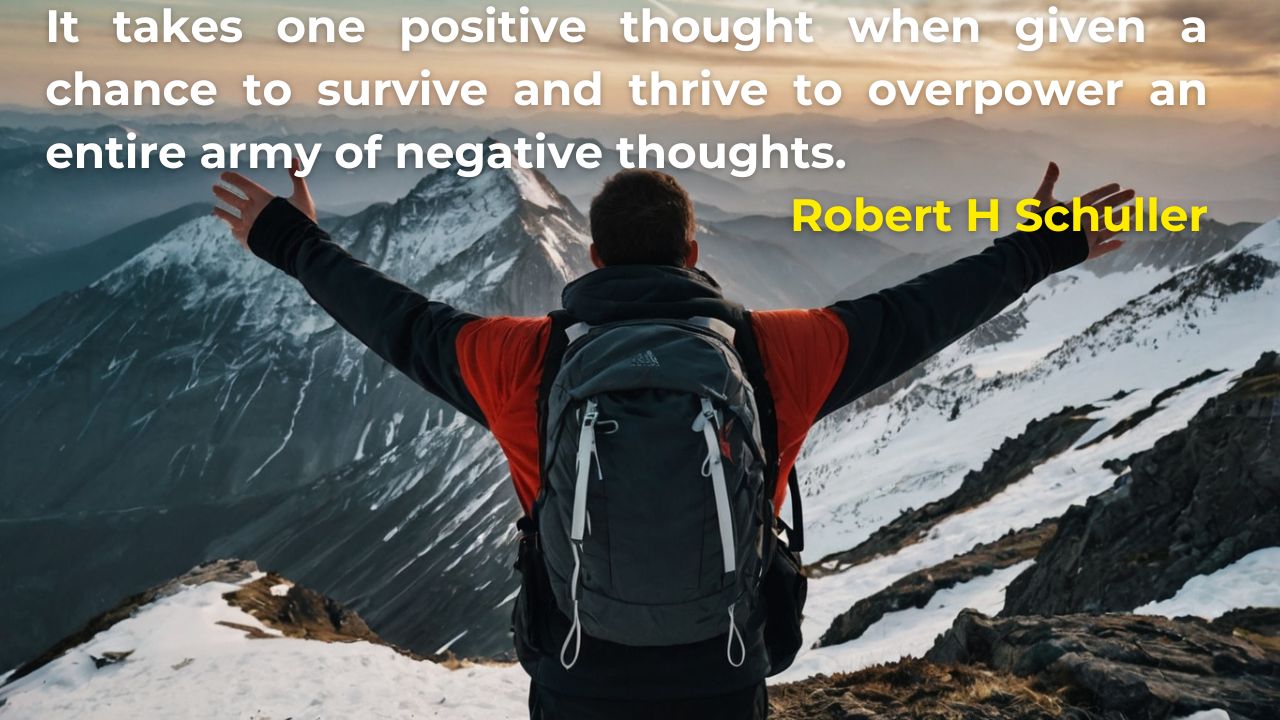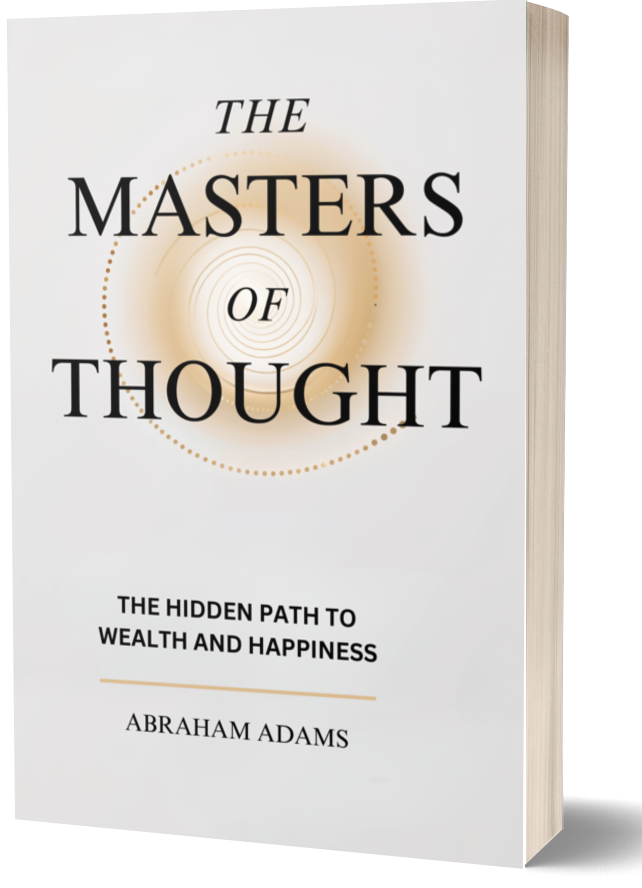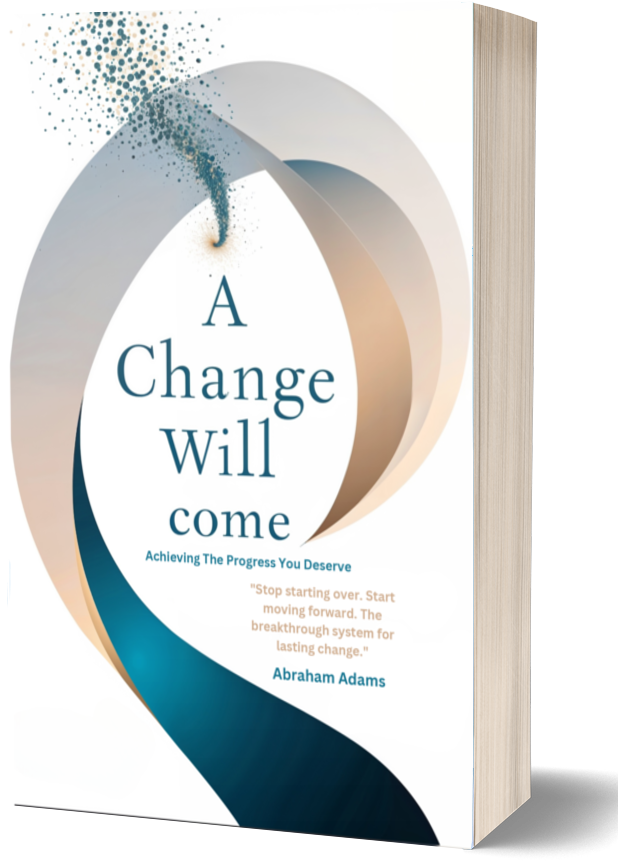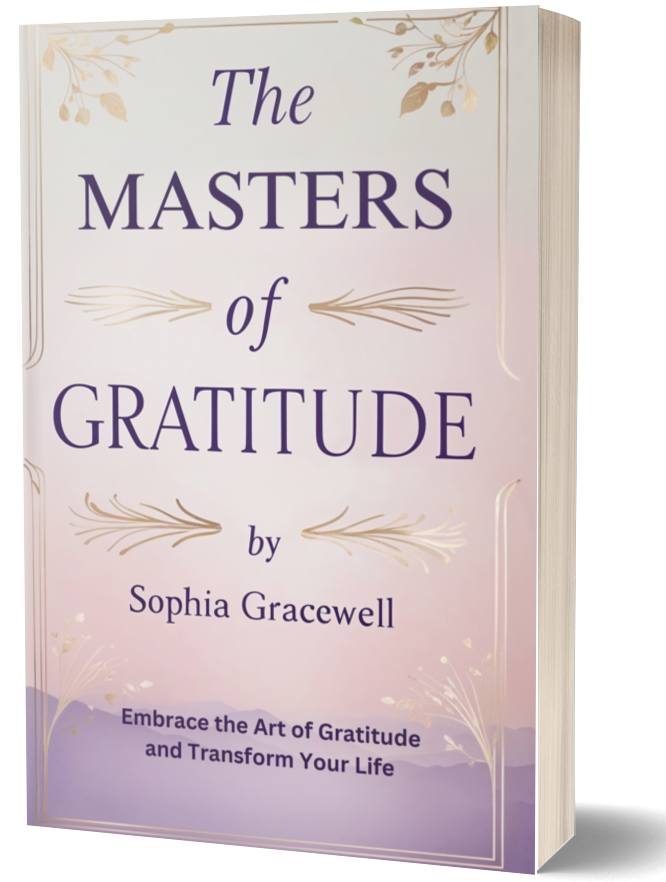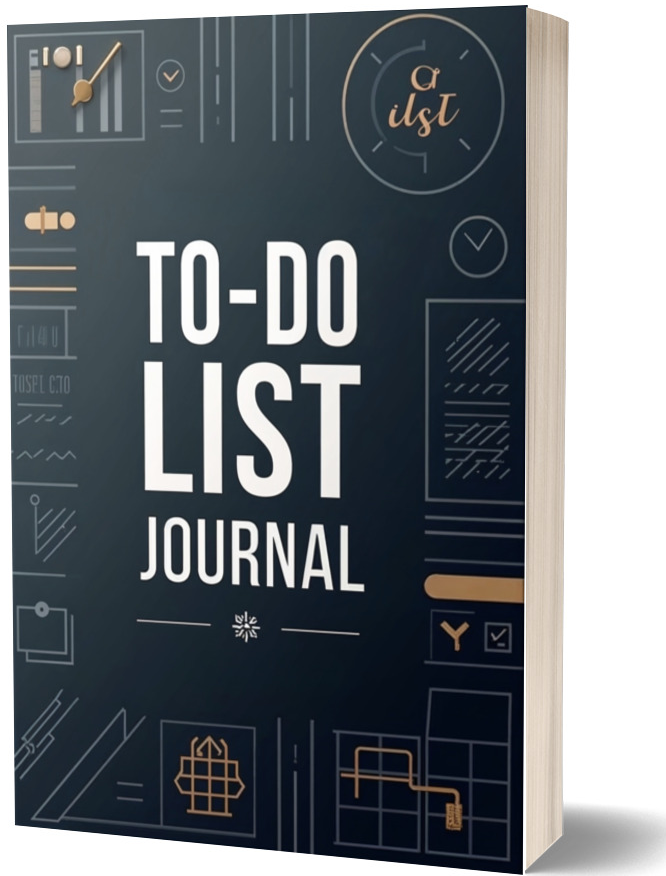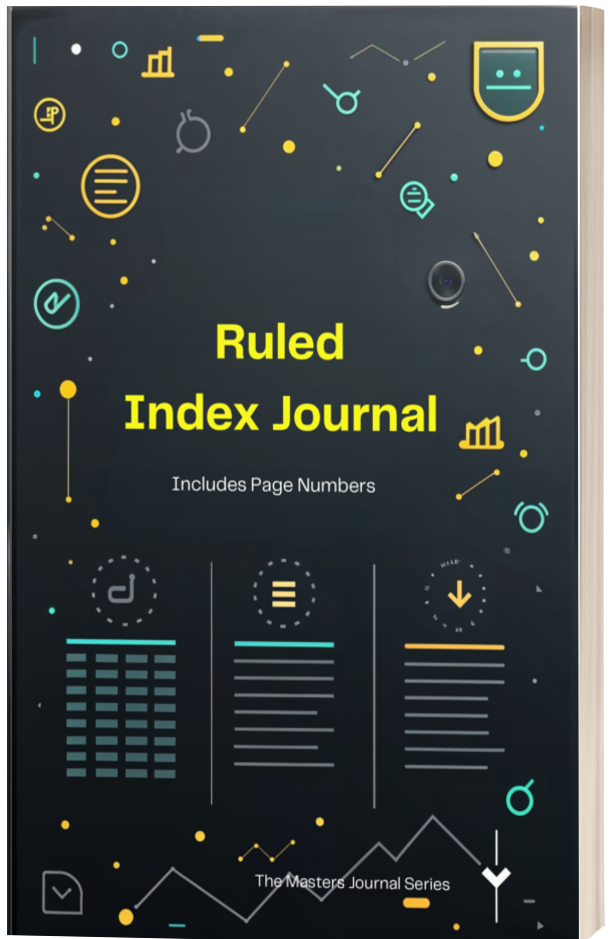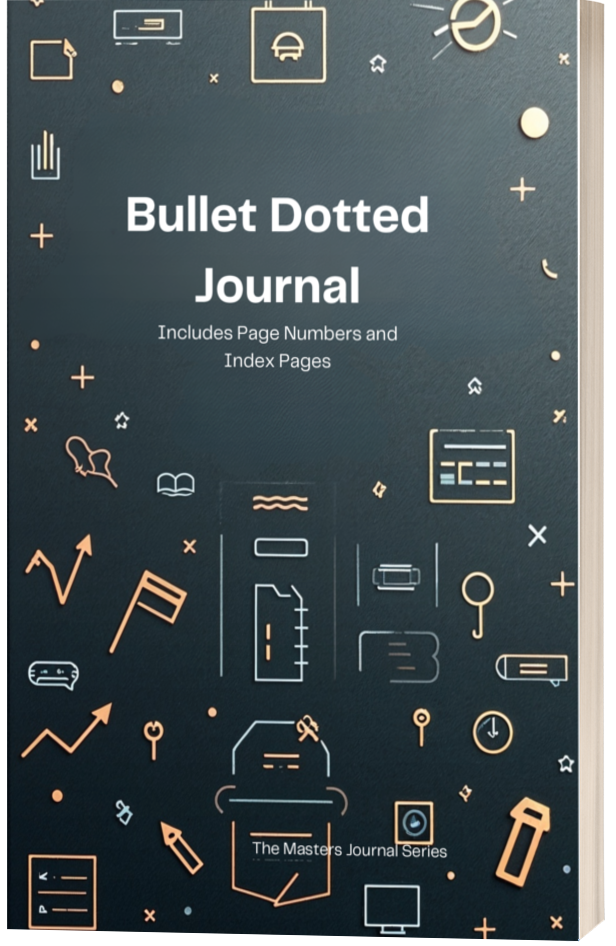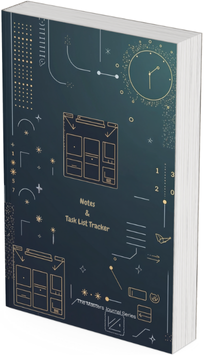Mind Mapping: A Visual Tool for Better Thinking and Organization
Mind mapping is a powerful visual thinking tool that helps you organize information, generate ideas, and see connections between concepts. By combining structure and creativity, mind mapping engages both sides of the brain, making it easier to process and retain information.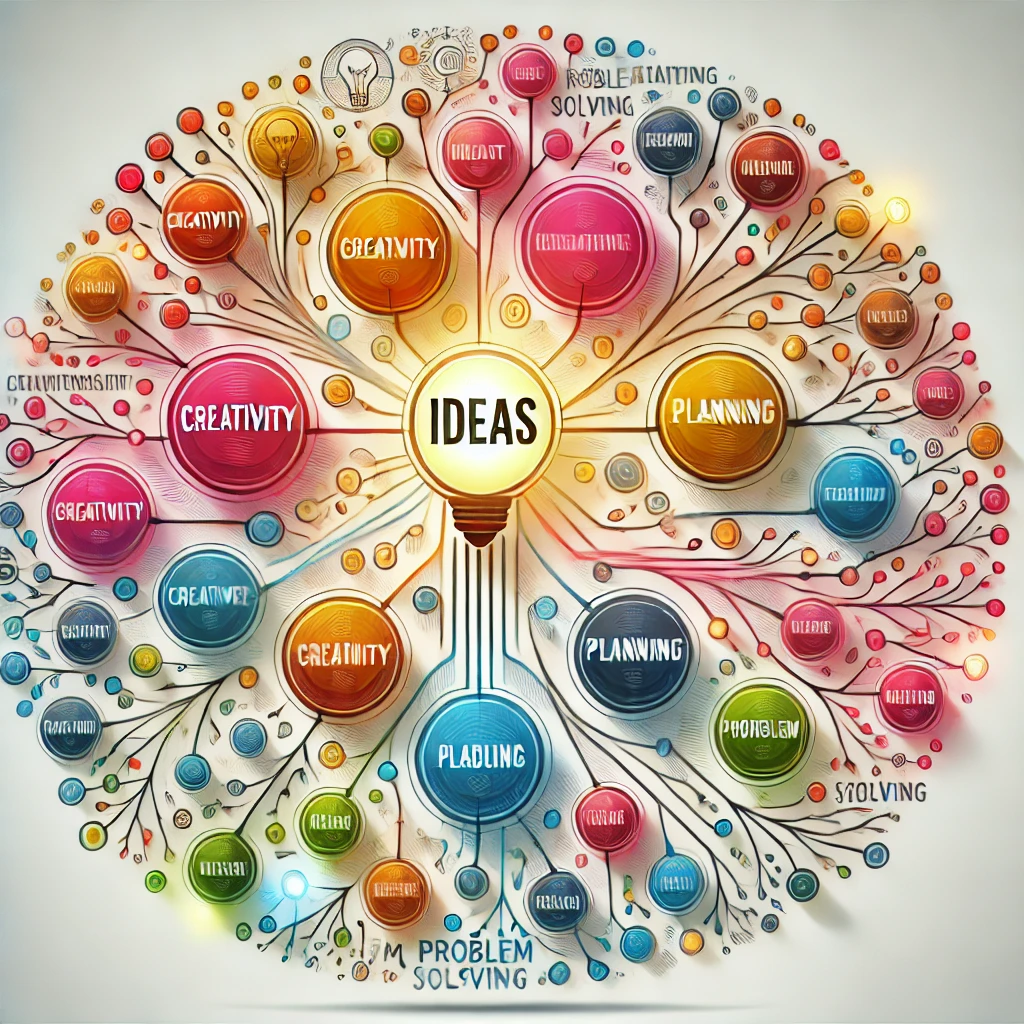
In this article, we explore the benefits of mind mapping, how to create a mind map, and practical ways to use it in your personal and professional life.
---
What is a Mind Map?
A mind map is a diagram that organizes information hierarchically around a central idea. Starting from a main concept, you branch out into related topics, subtopics, and details using keywords, images, and colors. This technique mirrors the way our brain naturally works, making it an effective tool for brainstorming, planning, and problem-solving.
---
Benefits of Mind Mapping
1. **Improves Clarity**: Visualizing ideas helps you break down complex topics into manageable pieces.
2. **Boosts Creativity**: The nonlinear structure encourages out-of-the-box thinking.
3. **Enhances Memory**: Using colors, images, and associations improves recall.
4. **Saves Time**: Mind maps help you summarize and organize information quickly.
5. **Facilitates Problem-Solving**: Seeing the "big picture" makes it easier to identify solutions.
---
How to Create a Mind Map
Follow these steps to create an effective mind map:
1. **Start with the Central Idea**
Write your main topic or goal in the center of the page and circle it. This will be the anchor for all related ideas.
2. **Add Main Branches**
Draw lines radiating out from the central idea and label each with a key category or theme. Use single words or short phrases for clarity.
3. **Expand with Subtopics**
From each main branch, draw smaller branches to add subtopics and details. Continue breaking these down as needed.
4. **Use Colors and Images**
Incorporate colors, symbols, and images to make your mind map more engaging and memorable.
5. **Keep it Simple**
Avoid overcrowding your mind map. Focus on capturing essential ideas and organizing them logically.
---
Practical Applications of Mind Mapping
1. **Brainstorming**
Use a mind map to explore ideas for a project, essay, or creative endeavor. Let your thoughts flow freely and build connections.
2. **Planning**
Plan your goals, tasks, and timelines for personal or professional projects. Mind maps are especially useful for event planning and outlining complex tasks.
3. **Note-Taking**
Summarize lectures, books, or meetings in a structured format. Mind maps make it easier to review and retain key points.
4. **Problem-Solving**
Break down challenges into smaller components and identify potential solutions. Mind mapping encourages critical thinking and collaboration.
5. **Learning and Studying**
Organize information for exams or presentations. The visual format makes studying more effective and less overwhelming.
6. **Decision-Making**
Map out pros, cons, and possible outcomes of decisions to weigh your options clearly.
---
Tools for Mind Mapping
1. **Pen and Paper**: A traditional and versatile way to create mind maps.
2. **Digital Tools**: Platforms like MindMeister, XMind, and Coggle offer interactive features and templates.
3. **Whiteboards**: Great for collaborative mind mapping sessions in teams or classrooms.
---
Tips for Effective Mind Mapping
- **Focus on Keywords**: Use concise words or phrases to keep the map clean.
- **Use Hierarchies**: Organize information from general to specific for better clarity.
- **Experiment**: Try different layouts and styles to find what works best for you.
- **Review and Update**: Revisit your mind map regularly to refine and expand it.
---
Conclusion
Mind mapping is a versatile tool that enhances creativity, organization, and problem-solving. Whether you’re brainstorming, planning, or learning, this visual method can transform how you think and work. Start creating mind maps today and unlock the full potential of your ideas.
- Audio Articles
- Audio Articles 1
- Audio Articles 2
- Audio Articles 3
- Audio Articles 4

7 Daily Disciplines That Transform Your Life
The power to act with intention, to align your actions with your values, and to move steadily toward a life of purpose—even on days you don't feel like it.
Read Full Article
How to Build Unbreakable Discipline
Discipline is built—habit by habit, choice by choice, day by day. And the most powerful kind? The kind that doesn’t crack under pressure. The kind that becomes part of who you are.
Read Full Article
Why Motivation Fails And Discipline Wins Every Time
We all love the feeling of motivation—that surge of energy, that rush of inspiration that makes everything seem possible. But here’s the problem: motivation is unreliable. It’s emotional. It comes and goes. And if your goals rely on you “feeling like it,” you’re already in trouble.
Read Full Article
Discipline Over Desire
Desire is loud. It burns bright, talks fast, and loves to dream. But desire alone doesn't achieve much. Every person has desires. Very few have the discipline to bring them to life.
Read Full Article
The Science of Sticking
If you've ever tried to build a new habit, you've probably heard that it takes 21 days. This number gets thrown around so often that it feels like scientific fact.
Read Full Article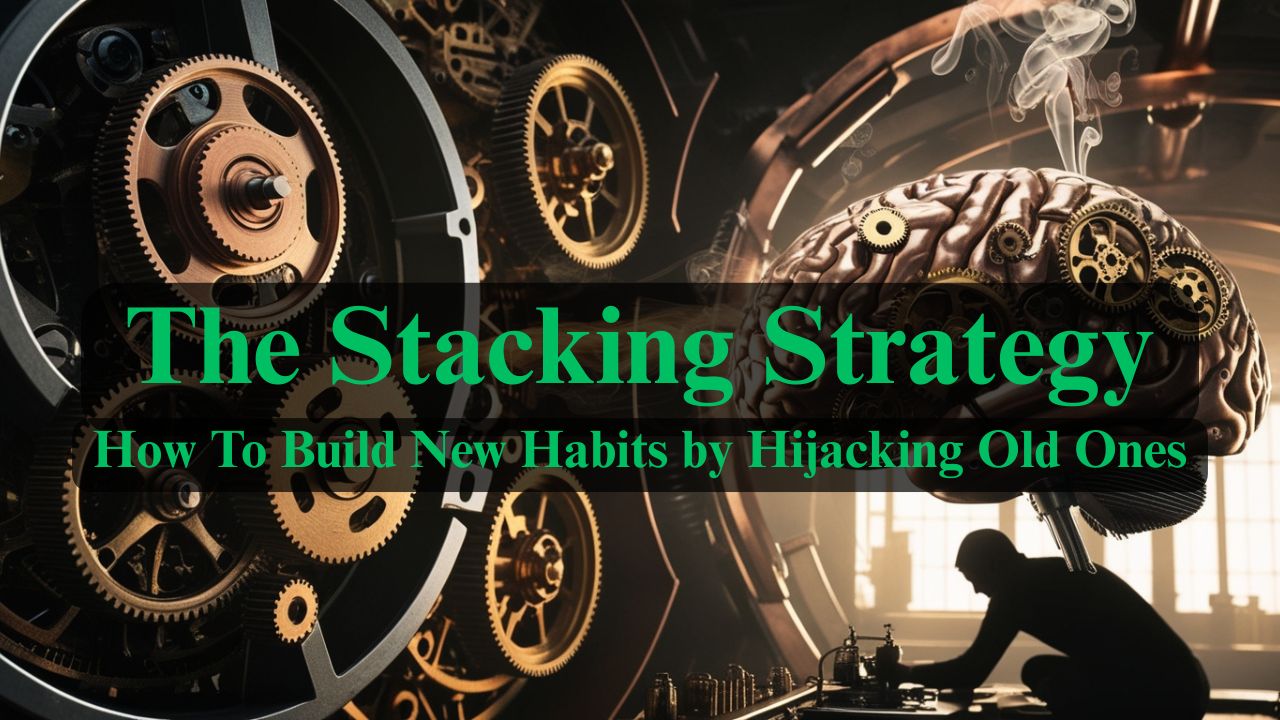
The Stacking Strategy
What if I told you that the habits you already have—even the ones you consider "bad"—could become the secret weapons for building the habits you want?
Read Full Article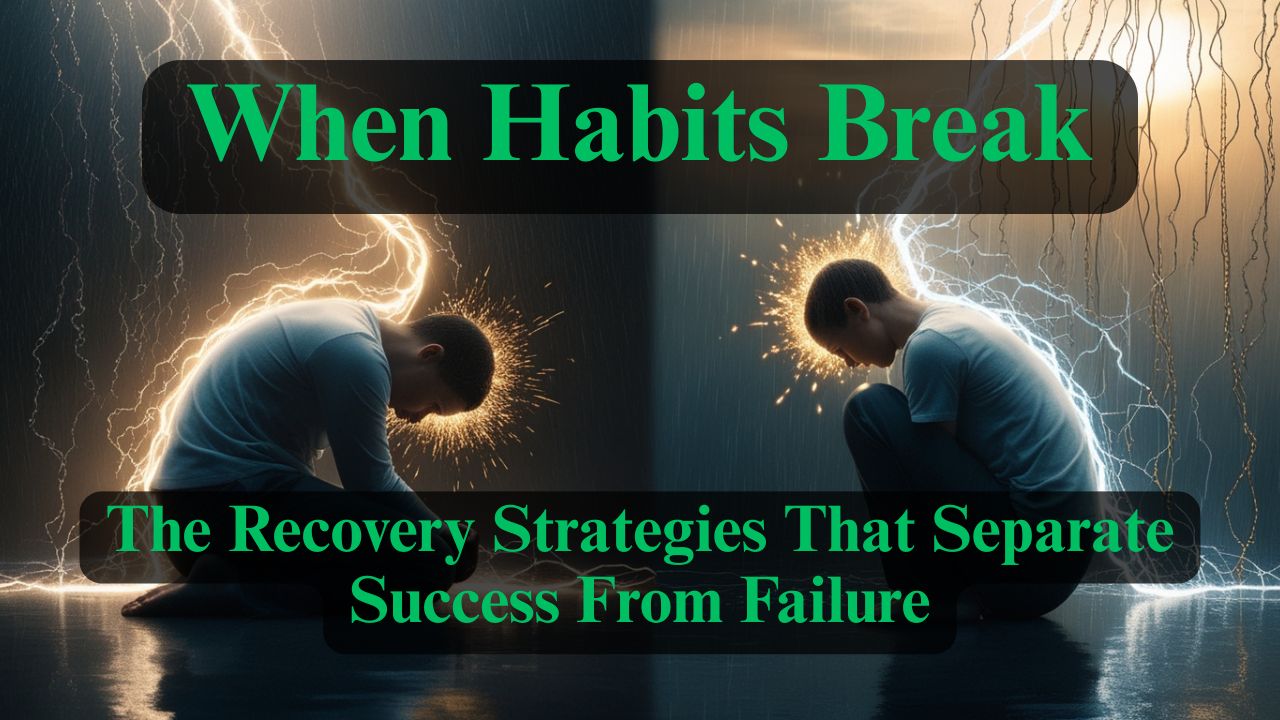
When Habits Fail - The Recovery Strategies That Separate Success From Failure
Here's what nobody tells you about building habits: you will fail. You'll miss days. You'll fall off track. You'll have weeks where everything falls apart.
Read Full Article
The Ultimate System - Designing a Life Where Good Habits Are Inevitable
You've learned to recognize habits, understand their formation timeline, stack them strategically, and recover from setbacks.
Read Full Article
